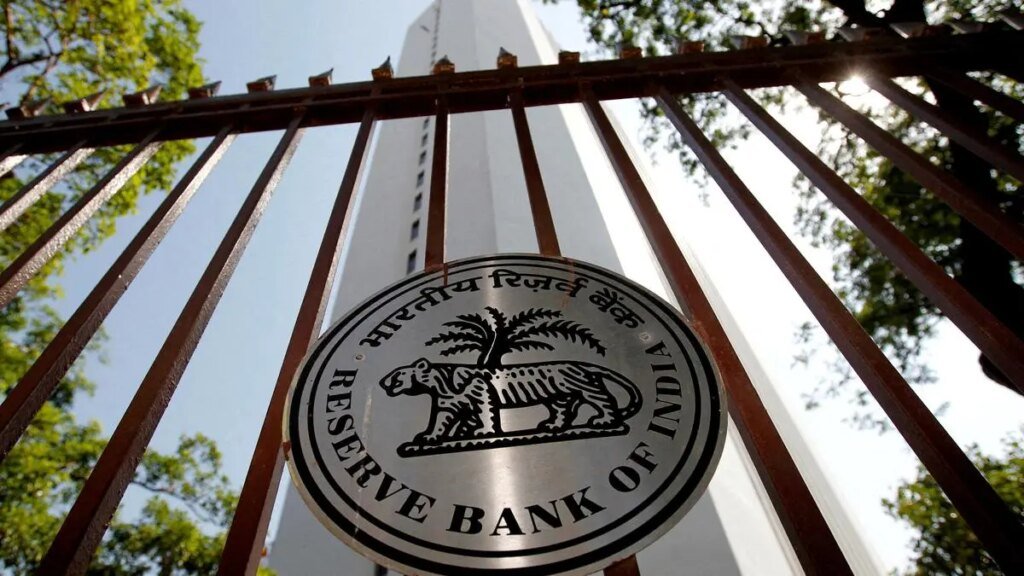The proposed GST rate rationalisation is shaping up as a double-edged sword for markets
| Photo Credit:
DANISH SIDDIQUI
The proposed Goods & Service Tax (GST) reforms, entailing only two primary slab rates against the current five, is likely to have a deflationary effect on the economy, giving the RBI’s rate-setting panel the wiggle room to cut the policy repo rate by 25-50 basis points to support growth going ahead, say experts.
‘Timing apt’
UBS economists opined that the timing of GST reform is apt and this potential policy stimulus, along with personal Income Tax relief ($ 15 billion), front-loading of rate cuts (100 basis points calendar year-to-date), softer inflation (boosting purchasing power) and improved credit availability on regulatory easing should help buoy household consumption over the next 2-3 quarters.
“A GST rate cut would also lower inflationary pressures and likely increase the probability of further monetary easing by the RBI. With underlying inflationary pressures remaining benign and considering the RBI’s neutral policy rate assumption of 1.4-1.9 per cent, we see space for the terminal repo rate to fall to the 5.0-5.25 per cent range.
“We maintain our view that there is space for 25-50 bps rate cut in rest of FY26 to support growth,” they said.
The RBI’s rate-setting panel has cumulatively cut the repo rate by 100 bps from 6.50 per cent to 5.50 per cent during the February to June 2025 period.
The government plans to rationalise the GST rate from the present five slabs — 0 per cent, 5 per cent, 12 per cent, 18 per cent and 28 per cent to just two — 5 per cent and 18 per cent, plus a demerit rate of 40 per cent on luxury items.
Double-edged sword
Venkatakrishnan Srinivasan, Founder and Managing Partner, Rockfort Fincap LLP, observed that the proposed GST rate rationalisation is shaping up as a double-edged sword for markets. On one hand, the revenue loss is estimated at about 0.3 per cent of GDP (₹1.1 trillion annually), which raises fears of a wider fiscal deficit and additional government borrowing. Bond investors instinctively focus on this risk.
“But there are two important mitigating factors. First, for FY26, the revenue loss is expected to be largely offset by surplus cess collections and a higher-than-budgeted RBI dividend transfer. This reduces the immediate fiscal strain. Second, GST cuts will lower prices at the point of purchase, directly lifting consumption demand,” he said.
Venkatakrishnan emphasised that from a macro standpoint, GST rationalisation is deflationary.
“While fiscal worries from GST cuts are valid, the broader policy mix — deflationary GST cuts, offsetting fiscal buffers and elevated small savings rates — tilts the balance towards monetary easing, stronger consumption and manageable fiscal outcomes.
“This gives the Reserve Bank of India more room to act. With underlying inflation remaining soft, there is scope for an additional 25-50 bps repo rate cuts in FY26, potentially taking the policy rate towards 5.0–5.25 per cent,” he said.
Published on August 19, 2025

